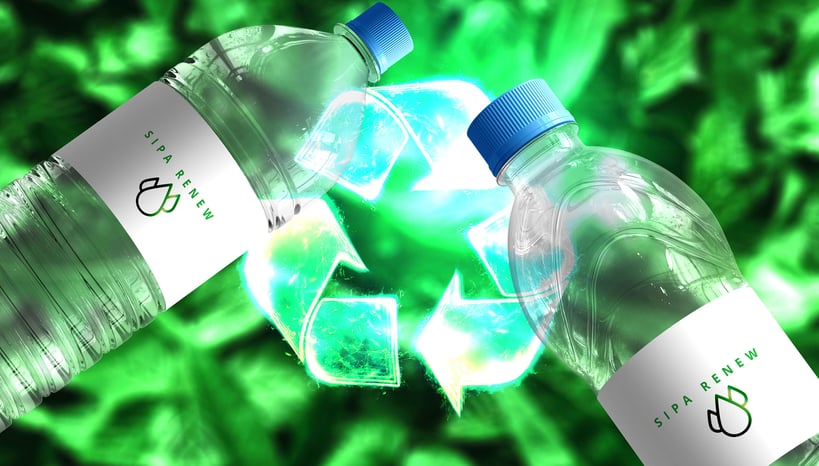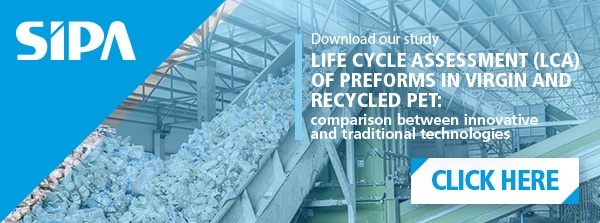
The consolidated trend of the cosmetic and homecare sectors is that of an increasingly consistent introduction of recycled plastic solutions for packaging.
A trend that meets both consumer preferences in the field of environmental protection and the needs of producers in relation to the rules that impose solutions that encourage the circular economy, in particular the European SUP directive.
The "Design for Recycling" model for new containers
What does "Design for Recycling" mean?
Basically design a product, or a set of connected elements, including its secondary packaging, so that they can be easily recycled.
On a practical level, it can result in using only one material, or possibly materials compatible with each other, and designing a product or packaging that is easy to dispose of at the end of their life cycle.
The trend followed is to ensure that the individual components can be recycled or possibly reused, preferably for the same type of product for which they were used the first time.
The principle of Design for Recycling was initially applied in the automotive and electronics industries, but it is rapidly spreading within product packaging.
How?
Through the design of highly effective packaging without the need for multiple layers, or using labels that are easy to remove or possibly printing the information on the same package according to the label-free standards.
READ ALSO: "The future of PET packaging is label-free"
Other ways through which Design for Recycling is realized, in Beverage, are taking into consideration container color, additives, residues, barrier applied to the bottle, decoration features, to name a few, and caps and closures designed to remain attached to the bottle once they are opened and also during use (tethered caps).
The Design for Recycling principle for SIPA
For SIPA, a leading company in the packaging sector, there are further steps to interpret the principles of Design for Recycling in the field of PET packaging.
SIPA's experience and investments in R&D allow the company to use post-consumer recycled material, both PCR and rPET, for the creation of solutions that fully exploit its properties.
The advantages of SIPA's XTREME RENEW
In a virtual world, the properties of rPET would be the same as those of virgin PET. An advanced system such as XTREME RENEW allows you to get closer to this ideal model.
The technology jointly developed by SIPA and the Austrian recycling company EREMA has the advantage of using recycled PET flakes for the creation of preforms within a single, fully integrated process.
XTREME RENEW is in fact designed for innovative use of injection-compression molding technology aimed at the production of preforms with recycled content up to 100% directly from hot washed PET flakes, thus avoiding the rPET palletization process.
The additional challenges in the field of recycled PET
Parallel to its introduction on the market – driven by the various transnational regulations – the design of the bottles is necessarily changing. In recent months, for example, SIPA has completed many design projects specifically designed for rPET bottles.
The challenges required by the market are not lacking: that, for example, to reduce the yellowing effect of recycled PET bottles.
READ ALSO: "PET recycling: features, colour of bottles made with post consumer PET"
A further challenge is to work with customers to find a virtuous synthesis between materials and colors, for labels and caps able to make rPET packaging totally in tune with the circular economy and the standards provided by the SUP Directive, with solutions 100% based on recycled materials.
Do you want to know in detail targeted solutions for your company?
Contact our experts






